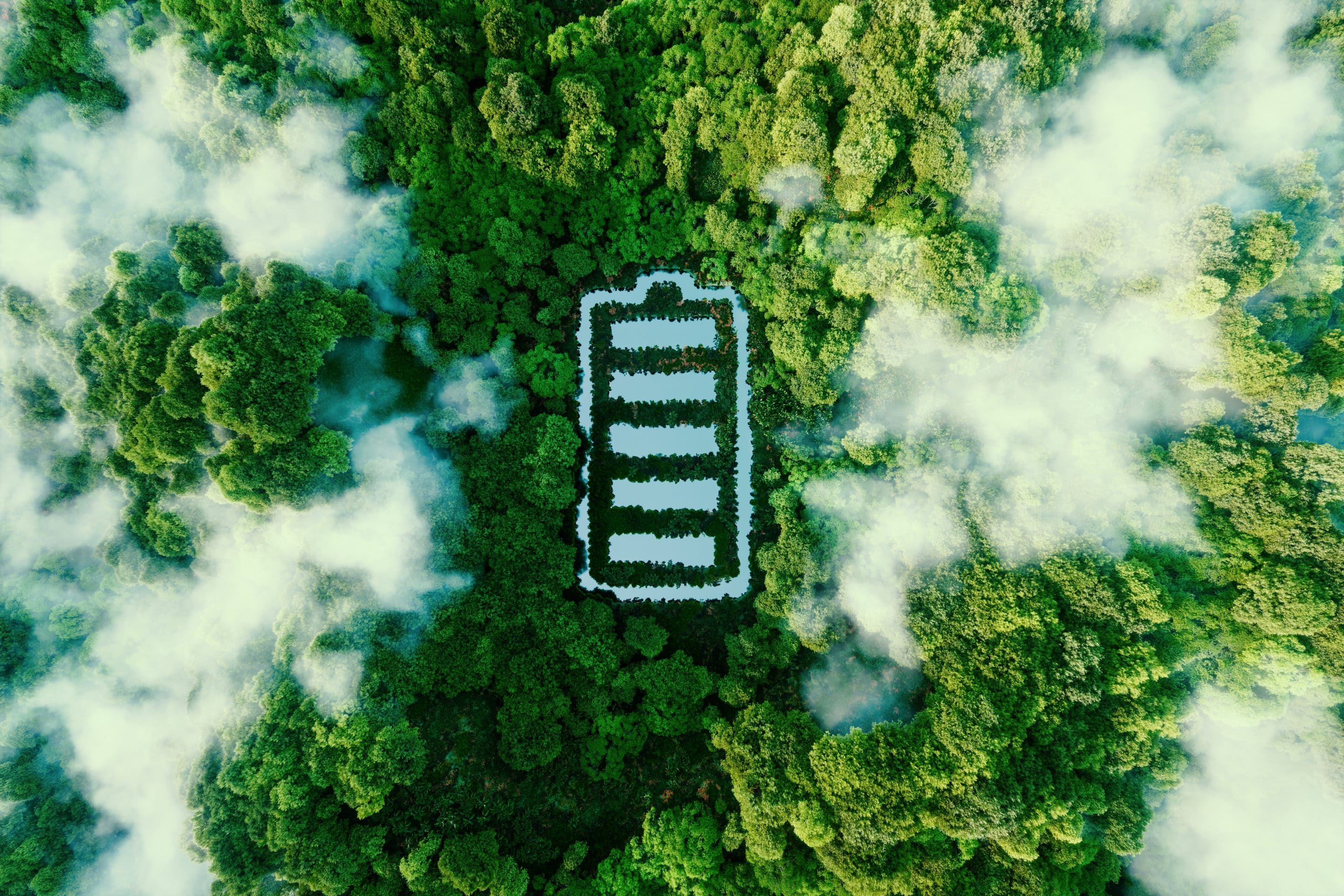What is the Tesla Powerwall?
The Tesla Powerwall is a rechargeable lithium-ion battery designed to store energy generated from solar panels or the grid. It provides homeowners with a reliable backup power source, allowing them to use solar energy during power outages and reducing reliance on grid-supplied electricity. The Powerwall comes in various versions, including the Tesla Powerwall 2 and the anticipated Tesla Powerwall 3.
Breaking Down the Tesla Powerwall Cost
To understand the true cost of the Tesla Powerwall, we need to consider several factors, including:
- Hardware costs: The Tesla Powerwall’s price varies depending on the model, with the Tesla Powerwall 2 price and the Tesla Powerwall 3 price being the most relevant. Additionally, you might need to factor in the cost of a Tesla home solar system or a compatible inverter, such as the hybrid solar inverter.
- Installation costs: The cost of installing the Tesla Powerwall depends on factors like location, labor fees, and the complexity of the installation.
- Maintenance and warranty: Tesla offers a warranty for their Powerwall, but it’s essential to understand the terms and conditions. Regular maintenance can also add to the overall cost.
- Savings and incentives: The cost of the Tesla Powerwall can be offset by savings generated from using stored solar energy, reduced reliance on grid power, and various incentives, such as tax credits or rebates.
Comparing Tesla Powerwall Models
When it comes to the Tesla Powerwall 2 and the anticipated Tesla Powerwall 3, it’s important to weigh the differences in capacity, efficiency, and features. While the Tesla Powerwall 2 cost might be more affordable than the newer model, the Tesla Powerwall 3 could offer greater energy storage capacity and efficiency. It’s essential to balance your budget and requirements when choosing between the two.
The Value of the Tesla Powerwall: Long-term Savings and Sustainability
Investing in a Tesla Powerwall might seem expensive upfront, but the long-term benefits can outweigh the initial cost. The Tesla Powerwall can help homeowners achieve energy independence, reduce their reliance on grid power, and save money on electricity bills. Additionally, by using stored solar energy, homeowners contribute to a more sustainable future by reducing their carbon footprint.
To better understand the potential savings from solar energy, you can refer to this guide on solar panel ROI.
Alternatives to Tesla Powerwall
Tesla Powerwall isn’t the only home battery option on the market. Other options like the LG Powerwall and Generac Power Wall can also provide energy storage solutions for homeowners. It’s essential to compare features, costs, and warranties to determine the best choice for your needs.
Final Thoughts
The true cost of a Tesla Powerwall goes beyond its price tag. By investing in this innovative technology, homeowners can achieve energy independence, contribute to a more sustainable future, and potentially save money on electricity bills in the long run. As you weigh your options, consider not only the upfront costs but also the long-term benefits of a home battery system. Comparing different models, such as the Tesla Powerwall 2 and Tesla Powerwall 3, as well as alternative options like the LG Powerwall and Generac Power Wall, can help you make an informed decision.
For more insights on energy storage and cutting-edge battery technologies, check out this comprehensive guide on Battery Storage vs. Generator and our article on Powering the Future: A Comprehensive Guide to Cutting-Edge Battery Technologies. These resources will help you better understand the advantages of investing in a home battery system like the Tesla Powerwall.
Ultimately, the Tesla Powerwall’s cost is just one factor to consider when evaluating your home energy storage options. By carefully analyzing your needs, budget, and long-term goals, you can make a smart investment that will benefit both your wallet and the environment.
Maximizing the Benefits of Your Tesla Powerwall
To get the most out of your Tesla Powerwall investment, consider the following tips:
- Optimize energy consumption: By monitoring and adjusting your home’s energy usage, you can maximize the efficiency of your Tesla Powerwall. Smart devices and energy-saving appliances can help you make the most of your stored solar power.
- Combine with solar panels: The true potential of the Tesla Powerwall is unleashed when combined with a Tesla home solar system. This setup will enable you to store excess solar energy and use it when needed, reducing your reliance on grid power.
- Understand and utilize incentives: Research available incentives, such as tax credits, rebates, or net metering programs, to help offset the cost of your Tesla Powerwall and solar system. These incentives can make a significant difference in the overall expense of your home energy storage solution.
- Stay informed about new developments: The world of energy storage is continually evolving, and staying up-to-date on new technologies and trends can help you make informed decisions about your home battery system. For example, learning about the differences between LiFePO4 vs. Li-ion batteries can help you understand the benefits and drawbacks of various battery technologies.
- Plan for the future: As you consider investing in a Tesla Powerwall, think about your long-term energy needs and goals. Are you planning to expand your solar system, purchase an electric vehicle, or add more energy-intensive devices to your home? Planning for the future can help you make the most of your home battery investment.
By taking these steps, you can maximize the benefits of your Tesla Powerwall and ensure that your home energy storage solution contributes to a greener, more energy-efficient future.
Case Study 1: The Green Family Goes Solar
The Green family lives in a 3-bedroom house in California and consumes an average of 900 kWh of electricity per month. They decide to invest in a 6 kW Tesla home solar system and a Tesla Powerwall 2 to reduce their electricity bills and carbon footprint.
System & Installation Costs:
- Tesla Home Solar System (6 kW): $18,000
- Tesla Powerwall 2: $8,000
- Installation: $2,500
Total Cost: $28,500
After accounting for a 26% federal tax credit, their net cost is $21,090.
Savings & Payback Period:
The Green family’s solar system generates enough energy to offset 90% of their electricity consumption, saving them around $150 per month. Their Tesla Powerwall stores excess solar energy, further reducing their reliance on grid power. With these savings, the payback period for their investment is approximately 11 years.
Case Study 2: The Johnsons’ Energy-Efficient Home
The Johnson family lives in a recently-built, energy-efficient home in Texas. They consume 600 kWh of electricity per month on average. The family decides to invest in a 4 kW Tesla home solar system and a Tesla Powerwall 2 to further decrease their energy expenses.
System & Installation Costs:
- Tesla Home Solar System (4 kW): $12,000
- Tesla Powerwall 2: $8,000
- Installation: $2,000
Total Cost: $22,000
After accounting for a 26% federal tax credit, their net cost is $16,280.
Savings & Payback Period:
The Johnsons’ solar system generates enough energy to offset 80% of their electricity consumption, saving them around $100 per month. Their Tesla Powerwall stores excess solar energy, allowing them to use it during peak hours or power outages. With these savings, the payback period for their investment is approximately 13 years.
Case Study 3: The Smiths’ Off-Grid Cabin
The Smith family owns a small off-grid cabin in a remote area of Colorado. They use the cabin as a vacation home and consume about 300 kWh of electricity per month during their visits. They decide to invest in a 2 kW Tesla home solar system and a Tesla Powerwall 2 to power their cabin without relying on a diesel generator.
System & Installation Costs:
- Tesla Home Solar System (2 kW): $6,000
- Tesla Powerwall 2: $8,000
- Installation: $1,500
Total Cost: $15,500
Since the cabin is a secondary residence, they are not eligible for the federal tax credit.
Savings & Payback Period:
The Smiths’ solar system generates enough energy to power their cabin during their visits, eliminating the need for a diesel generator. They save approximately $80 per month on fuel costs. With these savings, the payback period for their investment is roughly 16 years.
These case studies illustrate the potential savings and payback periods for homeowners who invest in Tesla Powerwall systems. The upfront costs can be significant, but the long-term benefits, including energy independence, reduced energy expenses, and a smaller carbon footprint, make the investment worthwhile for many families.
Case Study 4: The Brown Family’s High-Energy Home
The Brown family lives in a large, 6-bedroom house in Florida, with high energy consumption due to air conditioning, electric vehicles, and a swimming pool. Their monthly electricity usage is around 2,500 kWh. They decide to invest in a 12 kW Tesla home solar system and four Tesla Powerwall 2 units to accommodate their significant energy needs and achieve energy independence.
System & Installation Costs:
- Tesla Home Solar System (12 kW): $36,000
- 4x Tesla Powerwall 2: $32,000
- Installation: $4,000
Total Cost: $72,000
After accounting for a 26% federal tax credit, their net cost is $53,280.
Savings & Payback Period:
The Brown family’s solar system generates enough energy to offset 85% of their electricity consumption, saving them around $350 per month. Their four Tesla Powerwalls store excess solar energy and provide backup power for their home during outages, as well as power their electric vehicles during off-peak hours.
With these savings, the payback period for their investment is approximately 13 years. Additionally, their reduced reliance on grid power and decreased carbon footprint contribute to a more sustainable lifestyle.
This case study highlights that even for homes with substantial energy requirements, investing in a Tesla home solar system combined with multiple Tesla Powerwall units can lead to significant long-term savings and energy independence. The upfront costs may be considerable, but the ongoing benefits make the investment worthwhile for families with high energy consumption.
Frequently Asked Questions (FAQ)
Q: How much does a Tesla Powerwall cost?
A: The cost of a Tesla Powerwall 2 is approximately $8,000, excluding installation and additional equipment. Installation costs can vary depending on your location and specific requirements, but generally range from $1,500 to $3,000.
Q: Is the Tesla Powerwall worth the investment?
A: The Tesla Powerwall can be worth the investment for homeowners who want to reduce their reliance on grid power, lower their electricity bills, and contribute to a more sustainable energy future. The payback period varies depending on your energy consumption, solar system size, and local incentives, but generally ranges from 10 to 15 years.
Q: Can I use a Tesla Powerwall without solar panels?
A: Yes, you can use a Tesla Powerwall without solar panels. The Powerwall can store energy from the grid during off-peak hours and provide backup power during outages or peak hours when electricity rates are higher. However, to fully maximize the benefits of a Tesla Powerwall, it is recommended to pair it with a solar system.
Q: How many Powerwalls do I need for my home?
A: The number of Powerwalls needed for your home depends on your energy consumption, the size of your solar system, and your desired level of energy independence. Each Tesla Powerwall 2 has a 13.5 kWh capacity, and you can connect up to 10 units together for larger energy storage needs.
Q: How long does a Tesla Powerwall last?
A: The Tesla Powerwall has a warranty of 10 years, with a minimum guaranteed capacity of 70% at the end of the warranty period. However, the actual lifespan of a Powerwall may be longer, depending on factors such as usage patterns and environmental conditions.
Q: Can a Tesla Powerwall power my entire home during an outage?
A: Whether a Tesla Powerwall can power your entire home during an outage depends on your home’s energy consumption and the capacity of your Powerwall. For most homes, a single Powerwall can provide backup power for essential loads, such as lights, refrigeration, and essential electronics. However, larger homes or those with high energy demands may require multiple Powerwalls for full backup power.
Q: Are there any incentives available for Tesla Powerwall installations?
A: There may be various incentives, such as tax credits, rebates, or net metering programs, available depending on your location. The federal tax credit for solar installations, including energy storage systems like the Tesla Powerwall, is currently 26%. Research local incentives and programs to determine what is available in your area.
A: Tesla Powerwalls can be worth the investment for homeowners looking to achieve energy independence, reduce electricity bills, and adopt a more sustainable lifestyle. The return on investment depends on factors such as energy consumption, solar system size, and available incentives. While the upfront costs can be significant, the long-term benefits often outweigh the initial investment.
Q: How long does 13.5 kWh last?
A: The duration for which a 13.5 kWh battery, like the Tesla Powerwall 2, can provide power depends on your home’s energy consumption. For example, if your home consumes an average of 1.5 kWh per hour, a fully charged Tesla Powerwall 2 could theoretically provide power for about 9 hours. However, actual usage patterns and energy demands will affect how long the stored energy lasts.
Q: How many kW is a Tesla Powerwall 3?
A: As of my knowledge cutoff date in September 2021, the Tesla Powerwall 3 has not been officially announced or released. Specifications, including capacity and power output, are not available at this time. It is recommended to check for updates on Tesla’s official website or with a Tesla representative for the latest information on their products.
Q: How much do Tesla Powerwalls store?
A: The Tesla Powerwall 2 has a storage capacity of 13.5 kWh, which can be used to store excess solar energy generated during the day or draw electricity from the grid during off-peak hours. The stored energy can then be used to power your home during peak hours or provide backup power during outages. If needed, multiple Tesla Powerwalls can be connected together to increase the overall storage capacity for your home.




